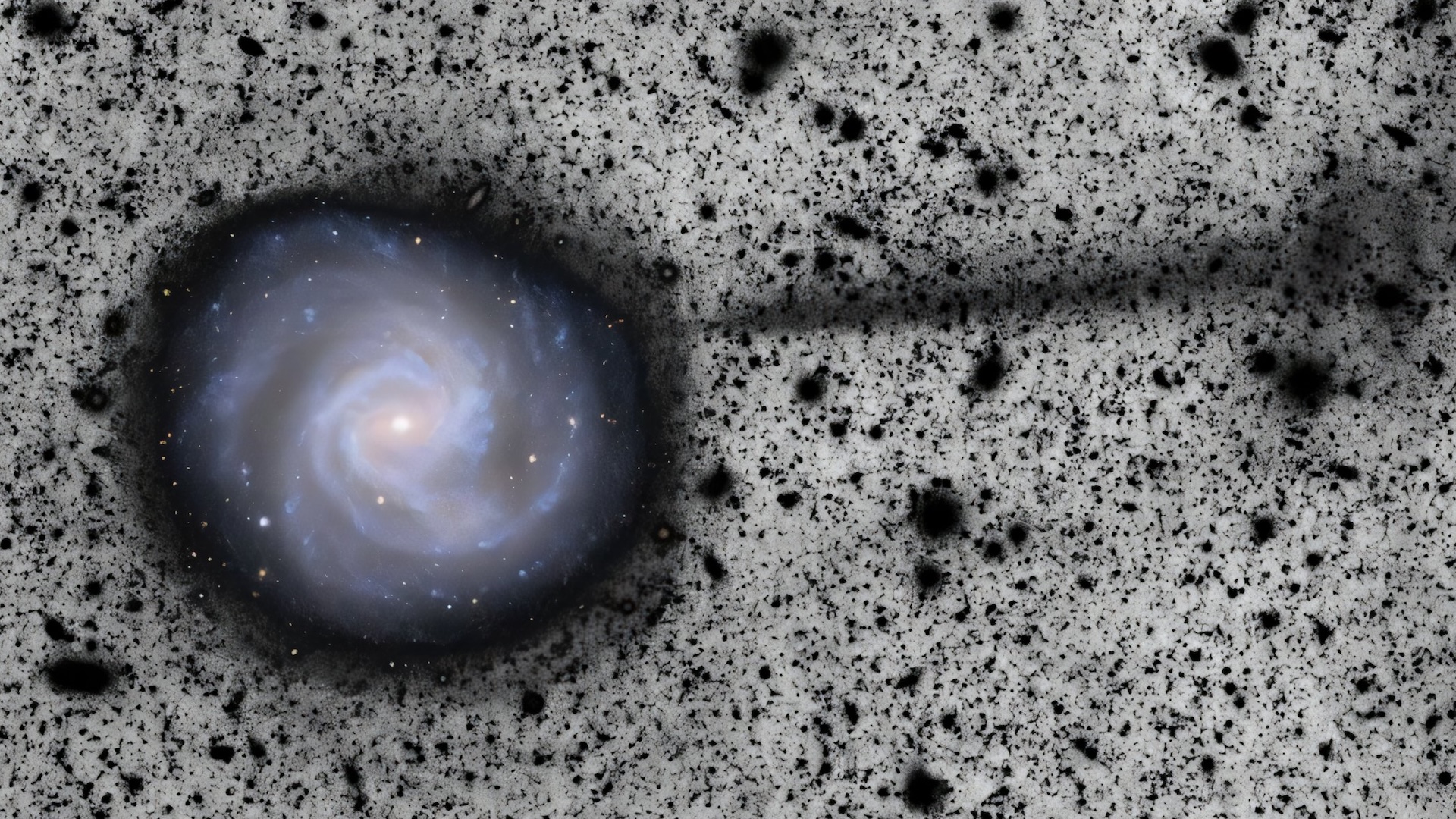Top 5 Incredible Science Discoveries of 2008
Science is mostly an incremental process, a slow peeling of the onion to offer small glimpses of understanding. But over time, scientists remove enough layers to expose stunning truths about nature.
This year offered some intriguing revelations along these lines. Below are the top 5. (And check out 2008's top astronomy and spaceflight stories, too.)
5. Stronger link between birds and dinosaurs
Paleontologists have long known that modern birds are the closest living relatives of the long-gone dinosaurs. But just how the transition between dino and Big Bird happened has not been fully understood.
This year, scientists uncovered more fascinating new links between ancient dinosaurs and their living feathered friends, which emerged some 150 million years ago during the Jurassic Period.
In November, scientists announced the discovery of a fossilized dinosaur nest that proves dinosaurs were forming bird-like nests and laying eggs long before birds evolved.
Another link was established in October, when paleontologists announced the discovery of a fossilized dinosaur that apparently sported tail feathers thought to have helped the creature balance on tree branches.Though the creature couldn't fly, it may represent a step in the direction of feathers for flight.
And a third analysis of fossils revealed that a huge carnivorous dinosaur called Aerosteon had a breathing system much like that of today's birds, with hollow bones that filled with air and possible air sacs that would have pumped air through its lungs.
4. Memory's limit found
Common knowledge — and phone number conventions — have held that people can fit about seven things in short-term memory. But research announced this April found that the true fundamental limit, when all memory aids are taken out of the equation, is actually about three or four.
Psychologists presented subjects with an array of colored squares, then showed a single colored square and asked people to recall if it was the same color as the original square in its position. The scientists used a mathematical model that assumed people could only remember three or four squares, and found that it accurately predicted the spread of results on the test.
The research doesn't mean we should reduce phone numbers to four digits, though. In most real-life situations, we can use memory tricks, such as grouping items together (i.e. breaking phone numbers into a chunk of three digits plus a group of four) to improve on our brain's minimal capacity.
3. Huge new population of gorillas discovered
The critically endangered western lowland gorilla has been nearing extinction due to disease, hunting and deforestation. Until recently, scientists had put the number living in the wild at about 50,000.
But this August, the Wildlife Conservation Society announced its scientists had uncovered a previously unknown population of about 125,000 gorillas living in the Republic of Congo. The discovery was a welcome bit of good news for the beleaguered apes, and conservationists say it means their efforts have been working.
But gorillas aren’t out of the woods yet. They still face imminent threats, especially from the deadly Ebola virus, which has decimated many gorilla populations.
2. Electron filmed for the first time
In a motion-picture first, scientists caught the movement of a single electron on film.
The discovery, announced in February, was made possible with a new technology that generates extremely short pulses of intense laser light to illuminate the particle. The resulting movie shows an electron leaving an atom after being excited by ultraviolet light. Since this actually happened in much less time than a second, the sequence was slowed down for human eyes to last a full three seconds.
The groundbreaking achievement should open up doors for new study into the workings of atoms, not to mention a new genre of film: subatomic cinema.
1. The Arctic melts
A piece of the year's most sobering news is also some of its most significant. In September, Arctic sea ice reached the second-lowest level recorded since the beginning of the satellite era, according to the National Snow and Ice Data Center at the University of Colorado. When stacked next to 2007's ultimate record low, the picture is grim: Global warming's effects are before us.
The news also spelled disaster for polar bears, whose primary habitat is sea ice. In May the Interior Department officially listed the polar bear as a threatened species. Officials said the decline of Arctic sea ice off Alaska and Canada could result in two-thirds of polar bears disappearing by 2050.
- History Repeats: How 2008 Reflected the Past
- Environment Quiz: Test Your Nature Knowledge
- 2007: How Science Came Full Circle
Get the world’s most fascinating discoveries delivered straight to your inbox.

